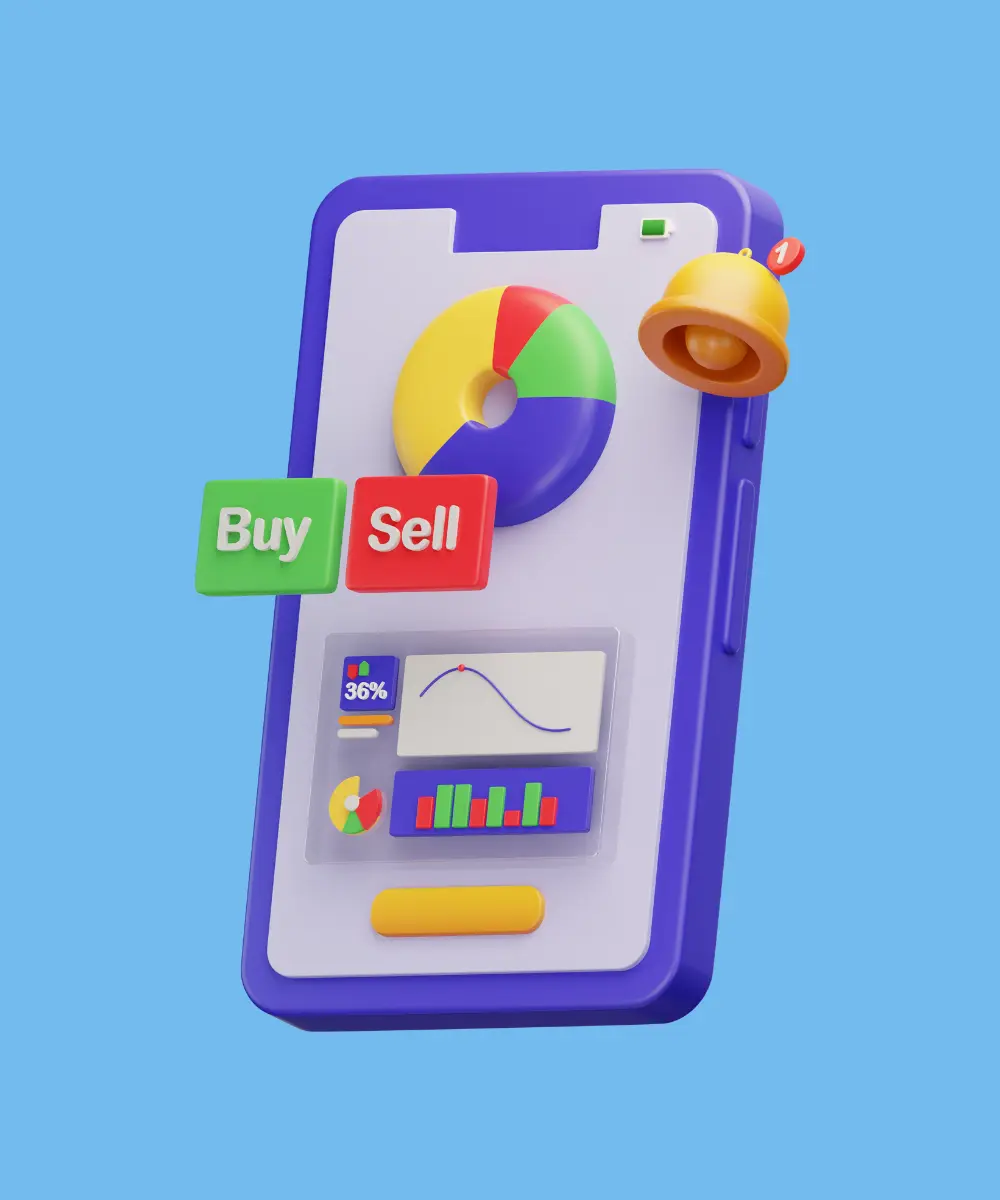The world of trading has witnessed a revolutionary shift with the advent of mobile applications, offering unprecedented access and convenience to users globally. In this comprehensive guide, we'll delve into the nuances of developing a trading application, discussing the thriving market, benefits for businesses, essential features, development steps, potential challenges, and cost analysis. Whether you're a budding entrepreneur or an established business, understanding the landscape of trading app development is crucial in today's digital era.
Trading Apps Market Overview
The trading application market is experiencing substantial growth, driven by technological advancements and a growing interest in financial markets. Recent reports estimate the market size at approximately USD 10.5 billion in 2023, with projections suggesting a rise to around USD 21 billion by 2028, marking a CAGR of about 14.7%.
Key growth drivers
- Increased smartphone usage: More people owning smartphones worldwide means wider access to trading apps.
- Younger investor base: Millennials and Gen Z are increasingly drawn to these platforms, showing a keen interest in various investment forms, including stocks and cryptocurrencies.
- Technological innovations: Advancements in app development and user experience are making trading apps more user-friendly and secure.
- Global expansion: Significant growth in emerging markets, notably in Asia-Pacific, Latin America, and Africa, driven by increasing financial literacy and mobile connectivity.
Why to Create a Trading App: Benefits for Businesses
- Access to a growing market: The expansion of the trading app market offers businesses a lucrative opportunity to connect with a diverse and growing user base, including tech-savvy younger generations and seasoned investors.
- Enhanced brand visibility and reach: Launching a trading app significantly enhances a business's digital presence and brand recognition. In today's tech-driven world, a mobile presence is crucial for staying relevant and accessible to a global audience.
- Diversification of revenue streams: Trading apps open up new revenue channels such as premium features, in-app purchases, and trading commissions. This diversification is key to financial resilience and growth.
- Valuable customer insights: Trading apps provide valuable data on user behavior and preferences, offering businesses crucial insights for strategy development and service optimization.
- Competitive advantage: In a crowded market, a unique and user-friendly trading app can differentiate a business from its competitors, offering a distinct advantage.
- Adaptability and scalability: Mobile apps offer the adaptability to quickly integrate new features, comply with regulatory changes, and expand into new markets, ensuring businesses stay ahead in a dynamic environment.
- Building a loyal user base: A well-designed app that provides a seamless trading experience can lead to high user retention and positive referrals, essential for building a loyal customer base.
Types of Trading Apps
In the dynamic world of financial technology, trading apps have become a cornerstone, each catering to distinct market needs and investor preferences. Here's a streamlined overview of the various types of trading apps, highlighting their focal features and the specific audiences they target.
Stock trading apps
These apps provide platforms for trading shares of publicly listed companies. They are characterized by features like real-time stock market data, portfolio management tools, and educational resources for both novice and experienced investors. Stock trading apps often focus on making the stock market more accessible and user-friendly. They are known for the following examples:
- Robinhood: Known for its user-friendly interface and commission-free trades, Robinhood has become a favorite among new investors.
- E*TRADE: Offers a comprehensive set of tools and resources, appealing to a wide range of traders from beginners to experts.

Forex trading platforms
These platforms specialize in the exchange of global currencies. Forex trading apps typically offer advanced charting tools, live currency rate updates, and features for technical analysis. They cater to a market that demands quick reactions to global economic news and currency fluctuations. Their work is exemplified by the following:
- FOREX.com: A popular platform offering robust forex trading tools, research, and educational resources.
- MetaTrader 4 and 5: Widely used for their advanced technical analysis tools, automated trading features, and extensive currency pair support.

Cryptocurrency trading apps
These apps are designed for trading digital currencies like Bitcoin, Ethereum, and many others. They often include features like live crypto market data, wallet services, and security protocols to safeguard digital assets. Cryptocurrency trading apps cater to a market that values versatility and real-time information. They have earned acclaim for these specific examples:
- Coinbase: A leading platform in cryptocurrency trading, known for its ease of use and strong security features.
- Binance: Offers a wide range of cryptocurrencies for trading and is known for its comprehensive suite of tools and features.
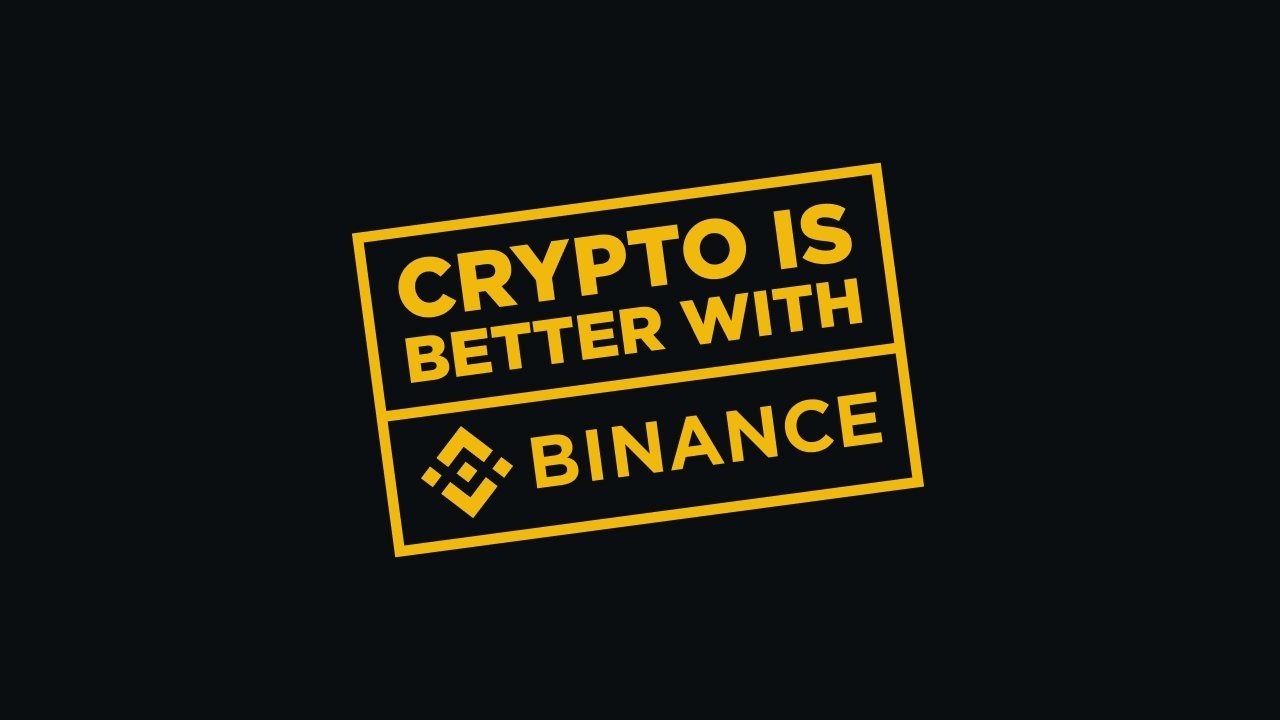
Options trading software
These platforms are tailored for trading options contracts. They usually offer in-depth analysis tools, risk management features, and complex order types. Options trading software is geared towards experienced investors who seek to employ more nuanced and strategic investment methods. They have gained recognition for these instances:
- Thinkorswim by TD Ameritrade: Renowned for its sophisticated analytics and comprehensive tools tailored for options trading.
- Interactive Brokers: Offers extensive tools for options traders, including risk management and analysis features.

Commodity trading platforms
Focused on the trading of goods like oil, gold, and agricultural products, these platforms provide market insights, trading tools, and news related to commodities markets. They are tailored for traders who specialize in the commodity sector and require specific market data and tools. The most popular example is:
- TradeStation: Known for its robust trading tools, it allows for effective commodity trading along with stocks and other assets.
Social and copy trading apps
These platforms combine trading with social networking features. They allow users to follow and copy the trades of experienced investors, making them suitable for beginners seeking guidance and a sense of community in their investment journey. They are famous by:
- eToro: Pioneers the social trading aspect, allowing users to follow and copy the trades of experienced investors.
- ZuluTrade: Connects users with skilled traders, enabling them to copy their strategies and trades.
Automated trading apps and robo-advisors
These apps use algorithms to automate trading decisions and portfolio management. They are ideal for passive investors who prefer a hands-off approach, relying on technology to manage their investments based on predefined criteria. Some examples of them are:
- Betterment: Focuses on automated portfolio management based on individual risk tolerance and investment goals.
- Wealthfront: Offers automated investment services with the use of advanced algorithms for a hands-off trading experience.
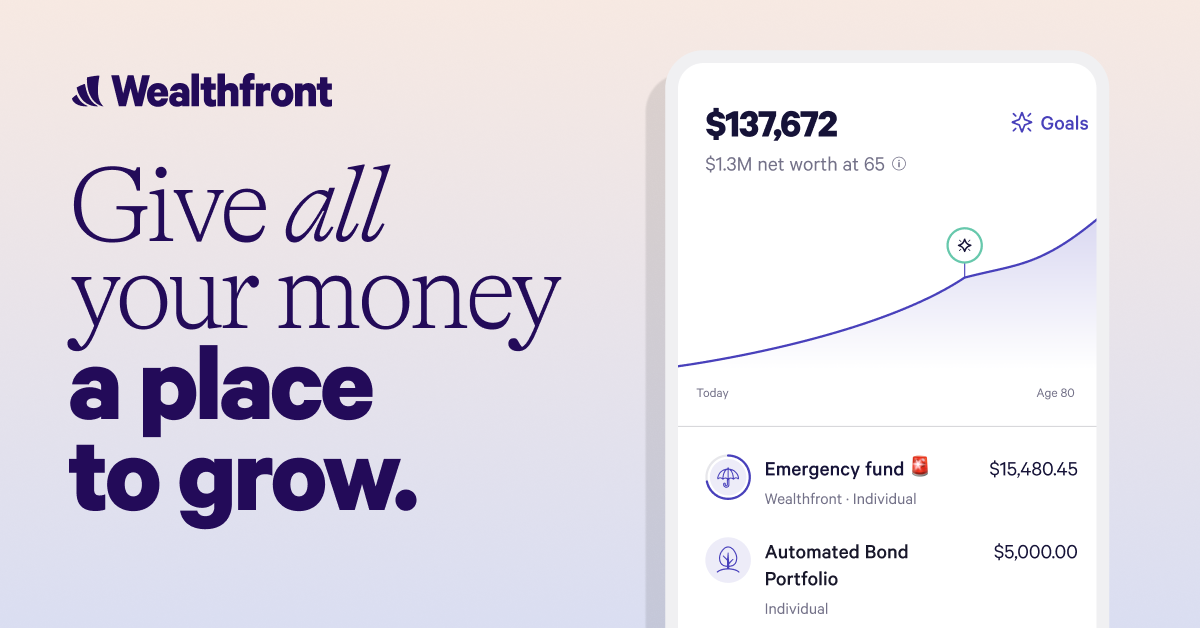
Customizable trading platforms
These are advanced platforms offering a high degree of customization. They cater to professional traders and institutions, providing comprehensive tools and features that can be tailored to specific trading strategies and preferences.
Trading App Must-Have Features
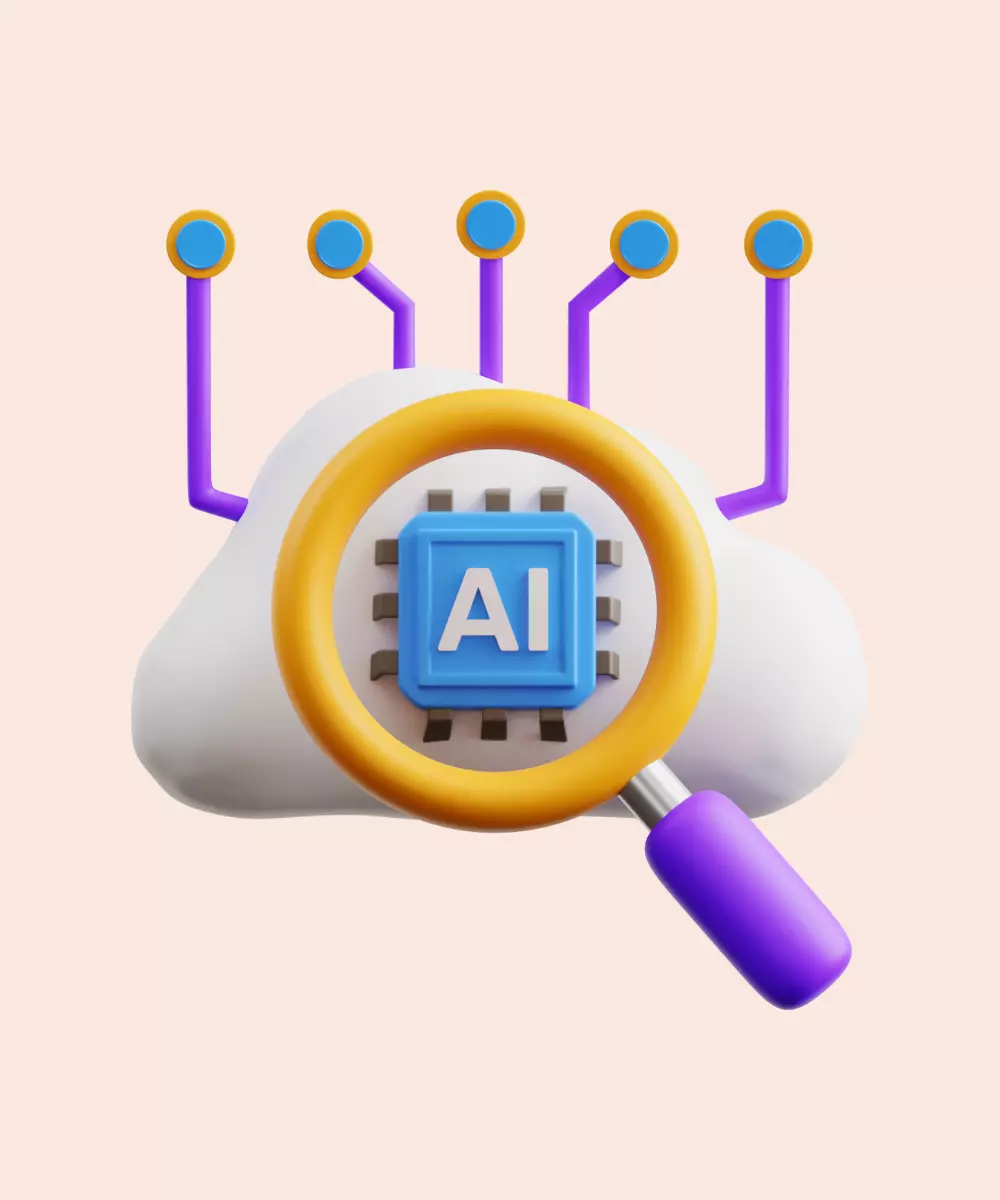
Creating a trading app that stands out in the competitive financial market requires integrating essential features that not only attract users but also provide them with a seamless and secure trading experience. Here's an expanded list of must-have features for a trading app:
| Feature | Detailed description |
|---|---|
| Real-time market data and analytics | Provides live market prices, trends, and statistical analysis for informed trading decisions. |
| User-friendly interface | Intuitive and easy navigation, suitable for all user levels. |
| Secure transactions and data encryption | Protects user data and financial transactions with robust security protocols. |
| Diverse trading instruments | Offers a wide range of trading options, including stocks, forex, cryptocurrencies, and more. |
| Robust portfolio management tools | Features for tracking investments and managing portfolios effectively. |
| Customer support and educational resources | Provides accessible support and educational materials for user assistance and learning. |
| Customizable alerts and notifications | Enables setting up personalized alerts for market events and price movements. |
| Social trading features | Incorporates social elements like community discussions and copy trading. |
| Mobile accessibility and cross-platform compatibility | Ensures the app works seamlessly across various devices and platforms. |
| Regulatory compliance | Adheres to financial regulations and legal standards in each operating market. |
| Advanced order types | Supports various order types for sophisticated trading strategies. |
| Multi-language support | Makes the app accessible in multiple languages for a global audience. |
| Integration with news and market updates | Provides real-time financial news and market updates. |
| API access for third-party integrations | Allows integration with other financial tools and software. |
| Performance reporting | Offers detailed reports on trading performance and portfolio growth. |
| Customizable user dashboard | Enables users to personalize their dashboard with preferred tools and widgets. |
| Interactive charting and technical analysis tools | Provides advanced charting features and tools for market analysis. |
| Multi-account management | Facilitates managing multiple trading accounts within the app. |
| Cloud-based functionality | Ensures data synchronization and storage across devices via cloud services. |
| Community features | Includes forums, chat rooms, and shared trading ideas for community building. |
Start a Trading App in 5 Easy Steps

Developing a trading app is a complex process that demands attention to detail, technical expertise, and a clear understanding of the financial market. Here’s a streamlined guide focusing exclusively on the development aspects:
Step 1: Market research and conceptualization
- Focused analysis: In this step, direct the market research towards a particular niche within the trading app domain. This targeted approach will help identify trends, user preferences, and competitive offerings specific to that area, essential for understanding the demand for distinct features and functionalities.
- Concept development: Based on your research, conceptualize your app. Determine the type of trading app you want to develop (stock, forex, crypto, etc.), the unique features it will offer, and how it will stand out in the market.
- Outcome: A well-defined concept for your trading app that addresses a specific market need or gap.
Step 2: Design and UX
- User-centric design: Focus on creating an intuitive and user-friendly interface. Design should prioritize ease of navigation, clarity, and responsiveness, catering to both novice and experienced traders.
- Prototyping and feedback: Develop prototypes of your app and conduct user testing to gather feedback. This helps in refining the UX to ensure it aligns with user needs and preferences.
- Outcome: A user-friendly and visually appealing app design that enhances the overall user experience.
Step 3: Technical development
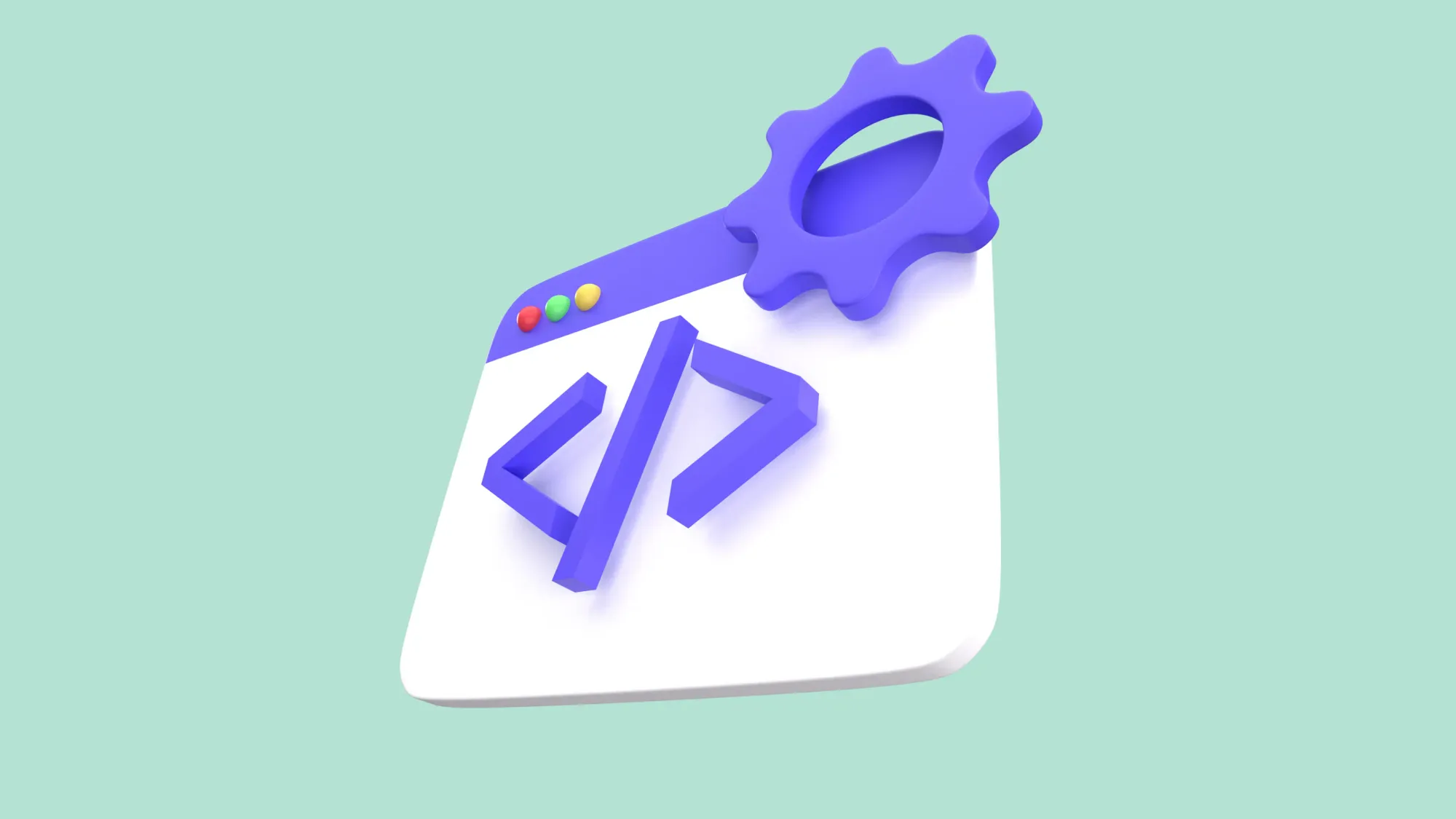
- Choosing the right technology stack: Select technologies that provide robust performance, security, and scalability. This includes deciding on the programming languages, frameworks, and databases that best suit your app’s requirements.
- Feature integration: Develop the core functionalities of your app, such as real-time market data streaming, secure transaction processing, analytical tools, and any unique features that set your app apart.
- Outcome: A technically sound app that functions smoothly and securely, offering all the key features necessary for an effective trading experience.
Step 4: In-depth testing
- Testing for quality assurance: Conduct thorough testing of the app, including functional testing, performance testing, security testing, and user acceptance testing. Identify and fix any bugs or issues to ensure the app is reliable and secure.
- Outcome: A high-quality app that provides a seamless and secure trading experience, free from technical glitches.
Step 5: Launch preparation and post-launch updates
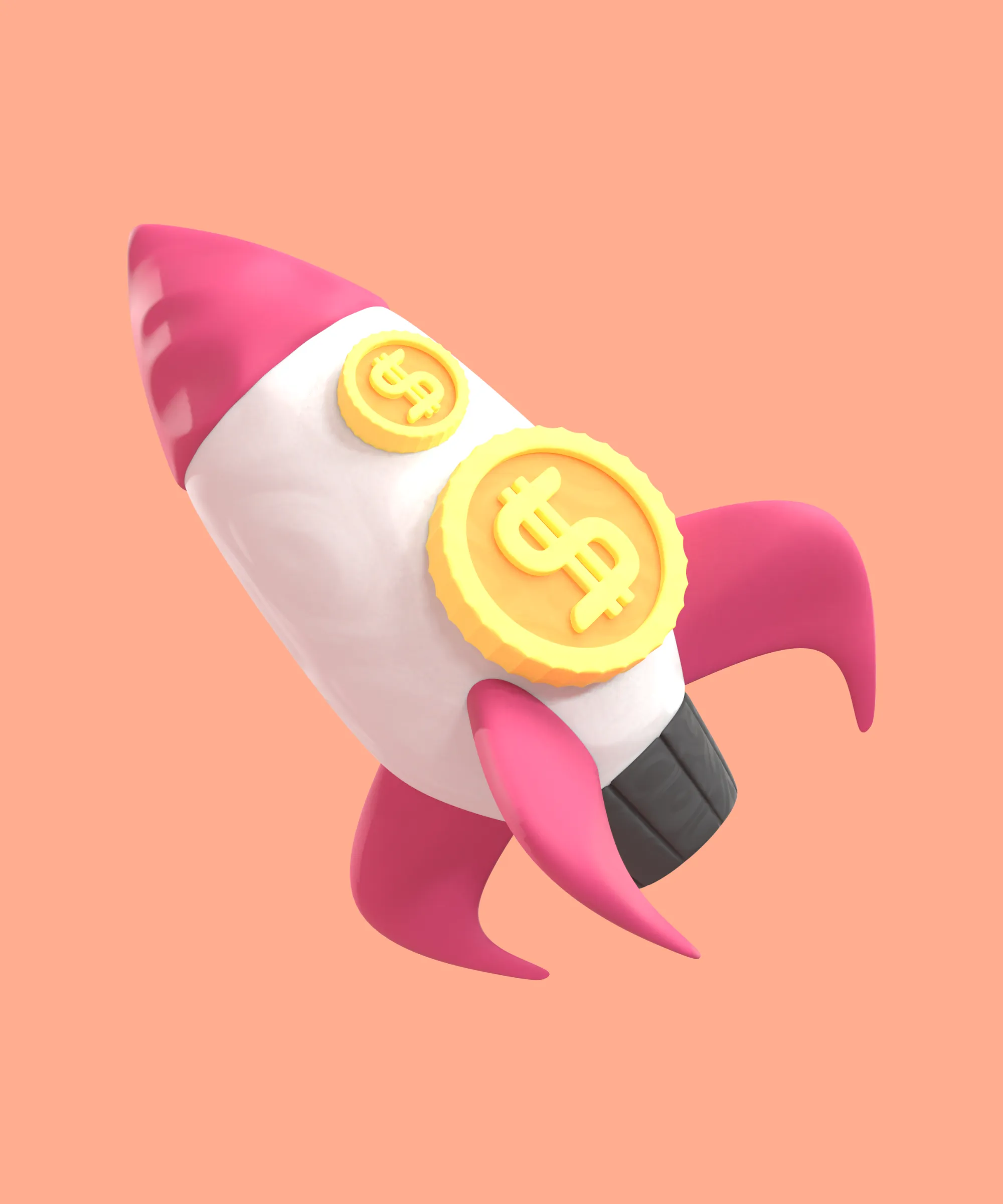
- Final preparations: Prepare for the launch by finalizing all app elements and ensuring that the app meets all regulatory and compliance requirements. This step might also include a beta release to gather preliminary user feedback.
- Post-launch monitoring and updates: After launch, continuously monitor the app’s performance, gather user feedback, and regularly update the app to fix issues, add new features, and adapt to changing market needs.
- Outcome: A successfully launched app that evolves over time, maintaining relevance and effectiveness in the market.
Trading App Development Challenges
Developing a trading app involves navigating a range of challenges that can impact its success and functionality. Here’s an expanded look at some of the key hurdles and considerations:
Navigating regulatory compliance
- Complexity: Trading apps are subject to a myriad of financial regulations which vary significantly across different regions and countries. Compliance with these regulations is mandatory to ensure legal operations.
- Impact: Failure to comply can lead to legal consequences, including fines and app shutdowns. Ensuring compliance requires continuous monitoring of regulatory changes and adapting the app accordingly.
Ensuring robust security
- Cybersecurity threats: Given the financial nature of trading apps, they are prime targets for cyberattacks. Protecting sensitive user data and financial transactions is paramount.
- Measures: Implementing advanced security protocols, encryption, and secure data storage is essential. Regular security audits and updates are necessary to safeguard against evolving threats.

Maintaining high performance and scalability
- User expectations: Trading apps must offer real-time data and rapid transaction capabilities. Any performance lag can lead to missed trading opportunities for users.
- Scalability: As the user base grows, the app must be able to handle increased loads without compromising performance.
Creating a user-friendly interface
- Usability challenges: A trading app must strike a balance between offering advanced features and maintaining an intuitive, easy-to-navigate interface.
- Design considerations: The app should cater to both novice and experienced traders, requiring a flexible and customizable UX/UI design.
Integrating real-time data
- Data accuracy: Providing real-time, accurate market data is essential for trading decisions. Any inaccuracies can lead to user mistrust and financial losses.
- Data sources: Ensuring reliable and timely data involves integrating with multiple, credible data sources, which can be technically and financially demanding.
Handling market volatility
- Market dynamics: Financial markets are inherently volatile. An app must be equipped to handle sudden market shifts and provide users with up-to-date information.
- User support: Offering tools and resources to help users navigate market volatility, like alerts and risk management features, is crucial.
Ensuring cross-platform compatibility
- Diverse devices: Users access trading apps across various devices and operating systems. Ensuring seamless functionality across all platforms is a technical challenge.
- Responsive design: The app must be responsive and provide a consistent experience across desktops, tablets, and smartphones.
Offering continuous support and education
- User assistance: Providing continuous support for technical issues and user queries is crucial for maintaining user satisfaction and trust.
- Educational resources: To cater to users of varying expertise levels, the app should include educational materials and guides, especially for complex trading concepts and strategies.
Adapting to technological advances
- Keeping up-to-date: The fast-paced nature of technology means that trading apps must continuously evolve to incorporate the latest technological advancements, such as AI and blockchain.
- Innovation: Staying ahead in the competitive market requires constant innovation, which can be both resource-intensive and challenging in terms of maintaining app stability and security.
Managing financial risks
- Risk management features: Trading inherently involves financial risks. The app must provide adequate risk management tools to help users make informed decisions and limit potential losses.
- Transparency: Clearly communicating the risks involved in trading and providing tools to manage these risks is essential for user trust and compliance with financial regulations.
Balancing monetization with UX
- Revenue models: Deciding on monetization strategies, such as transaction fees, subscriptions, or ads, can impact user experience. Striking the right balance is key to ensure the app remains profitable without detracting from the user experience.
- User retention: Aggressive monetization tactics can lead to user attrition. Ensuring that revenue-generating features are aligned with user needs and market expectations is vital.

Addressing globalization challenges
- Multilingual support: As trading apps often have a global user base, offering multilingual support and localization is essential to cater to users from different regions.
- Cultural considerations: Understanding and integrating cultural nuances in app design and functionalities can enhance user experience and acceptance in various markets.
Ensuring continuous availability
- Uptime requirements: Trading apps require high availability, as markets operate continuously and users expect access at all times.
- Infrastructure reliability: Implementing robust server infrastructure and failover systems is necessary to prevent downtime, which can be costly both financially and in terms of user trust.
How Much Does Trading App Development Cost?

The cost of developing a trading app can vary widely based on its complexity and the features it includes. Generally, trading apps can be categorized into three levels of complexity: basic, moderate, and advanced. Here's an expanded look at the cost implications for each:
Basic app development
- Development cost: $20,000 - $50,000.
- Development time: Approximately 3-6 months.
- Features: User registration, basic live stock data, simple buy/sell functionality, basic charting, and a straightforward user interface.
- Target users: Suitable for beginners or casual investors.
- Development considerations: Focuses on essential functionalities with a simple design. May have limited customization and basic security features.
Mid-level app development
- Cost: $50,000 - $100,000.
- Development time: Around 6-12 months.
- Features: Includes all basic features plus interactive charts, a range of investment options like stocks, bonds, and ETFs, push notifications, basic portfolio management, and improved security.
- Target users: Aimed at more serious individual investors who require additional functionality and a more engaging user experience.
- Development considerations: Integrates more advanced features, requiring a more robust backend and enhanced UX/UI design.
Advanced app development
- Cost: $100,000 - $200,000 or more.
- Development time: Typically 12-18 months or more.
- Features: Advanced functionalities such as AI-driven analytics, complex investment options (including options and futures trading), advanced portfolio analytics, social trading features, top-tier security protocols, and cross-platform compatibility.
- Target users: Designed for professional traders and sophisticated investors who demand a comprehensive trading platform.
- Development considerations: Involves a high degree of customization, complex features integration, high-end security measures, and possibly, blockchain technology for added security and transparency.
These costs are influenced by factors like the development team's location, the choice of technology stack, the complexity of the app's design, and the need for ongoing maintenance and updates. It's important to note that additional costs may arise from post-launch services such as server hosting, legal consulting (especially for compliance with financial regulations), marketing, and user support.
Conclusion
In the ever-evolving landscape of financial technology, the development of a trading app represents a significant opportunity for businesses to tap into the growing market of digital trading. Whether you aim to cater to beginners with a basic app or target seasoned traders with an advanced platform, understanding the complexities, costs, and features at each level of development is crucial. The journey from conceptualization to launch is intricate and demanding but offers substantial rewards in terms of user engagement and potential revenue.
What the Flutter stands at the forefront of this dynamic market, offering expertise and innovative solutions in mobile app development. Our team specializes in creating custom trading apps tailored to your business needs, ensuring they are user-friendly, secure, and equipped with the latest technological advancements.
Whether you're looking to develop a basic, moderately complex, or advanced trading app, we have the skills, experience, and dedication to bring your vision to life. Contact us today to dive into the world of trading app development.


